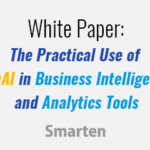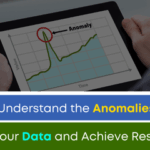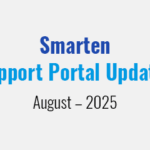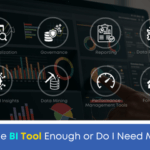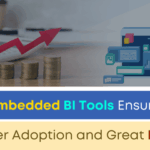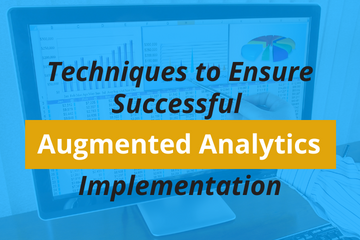
If your business is ready to implement a BI tool and augmented analytics solution, there are some things you will need to do first. If you plan correctly, you will enjoy a successful implementation. If you do not perform an assessment, understand your requirements and choose the right option, you are likely to fail in your initiative and your ROI and TCO will not meet expectations.
Here are a few things your business will need to do in order to ensure success:
Perform Assessment
Implementing augmented analytics and BI tools can provide numerous benefits, but if you do not understand your current technology environment and where all of your data resides; if you do not plan for integrating these data repositories and assuring that your infrastructure and technology can adequately support your augmented analytics choice, you will find yourself lost in a sea of complex decisions and dead ends. Engage your IT team, your CTO and others to take a look at what you have now, what you will need and how you will accomplish this integration. Don’t ignore the possible use of IT consultants. Remember, that these teams have years of experience in requirements planning and assessment and can build a roadmap to get you where you are going in a timely, affordable fashion, without a lot of the missteps that might occur if your team is not skilled at this type of project.
Engage with Stakeholders and Users
Make sure your senior executives, managers and team members are on board. Talk to them about what they are doing now, how augmented analytics can help them (and the business) achieve goals and find out about their concerns. In this day and age, BI tools and analytics solutions must be self-serve if you are to democratize data, improve data literacy and make the jump to digital transformation. Digital transformation allows you to leverage technology, software and streamlined approval loops and business processes so that you can make the most of your resources, and ensure that your team has the information to make the right decisions. Remember that your team members know their role, their domain and their profession well. But, they are not data scientists, nor do they want to spend time learning new, complex systems. Find out what they want and then go out and look for the solution that will best ensure user adoption.
Choose a Solution with the Right Features
Any augmented analytics or BI tools should be user-friendly but sophisticated. Your business needs to engage with a solution that provides the features you need AND makes it easy for your users to adopt and leverage the solution to analyze data. Embedded BI and integration APIs allow you to provide features like self-serve data preparation, smart data visualization and assisted predictive modeling, designed with natural language processing (NLP) so users can leverage familiar NLP Search techniques to find and use data – and it is all presented within the confines of their favorite enterprise applications, mobile apps and can be presented within websites that contain crucial data to provide up-to-date analysis of issues, projects, etc. If your users have access to embedded BI and integration APIs, they don’t have to learn a new, complicated system to engage with augmented analytics. They can use a single sign-on to the application they typically use and perform analytics within that application.
Plan for the Future
When you choose an augmented analytics solution and/or an IT consultant, be sure to plan for change and for the future. Whether you are adding locations, users or new software to your environment, you will want an augmented analytics and BI tool that will support your needs now and in the future and that requires a focus on flexibility and agility and on continuous upgrades and improvement of the solution you choose, along continuous improvement and upgrade of IT consulting skills and knowledge.
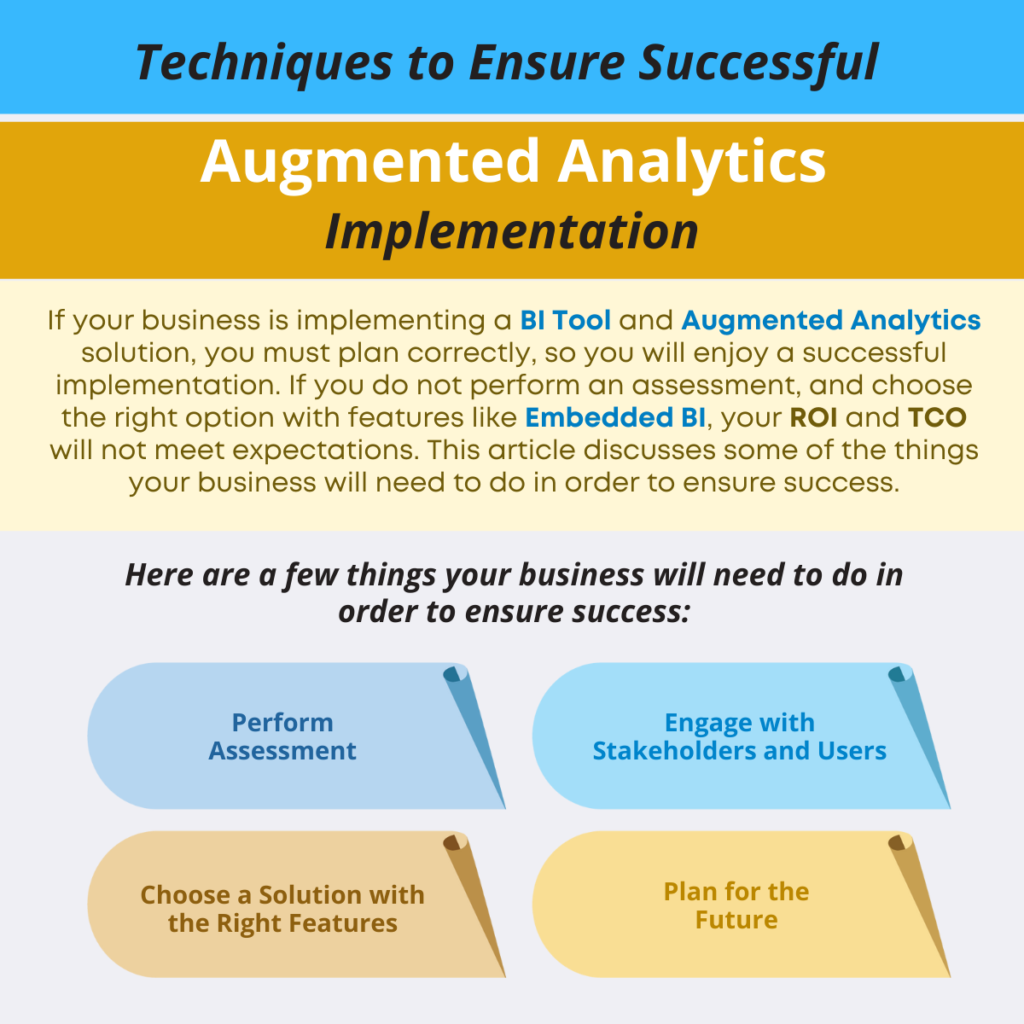
There are many other considerations involved in implementing augmented analytics and meeting ROI and TCO expectations. Contact us for more information about the potential and benefits of Embedded BI And Integration APIs, and Augmented Analytics.




